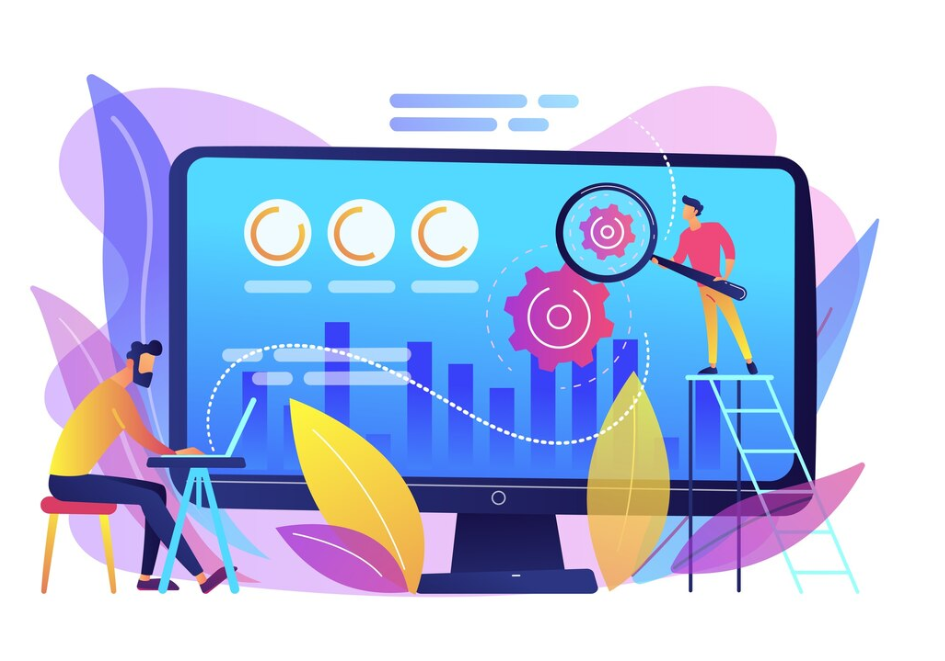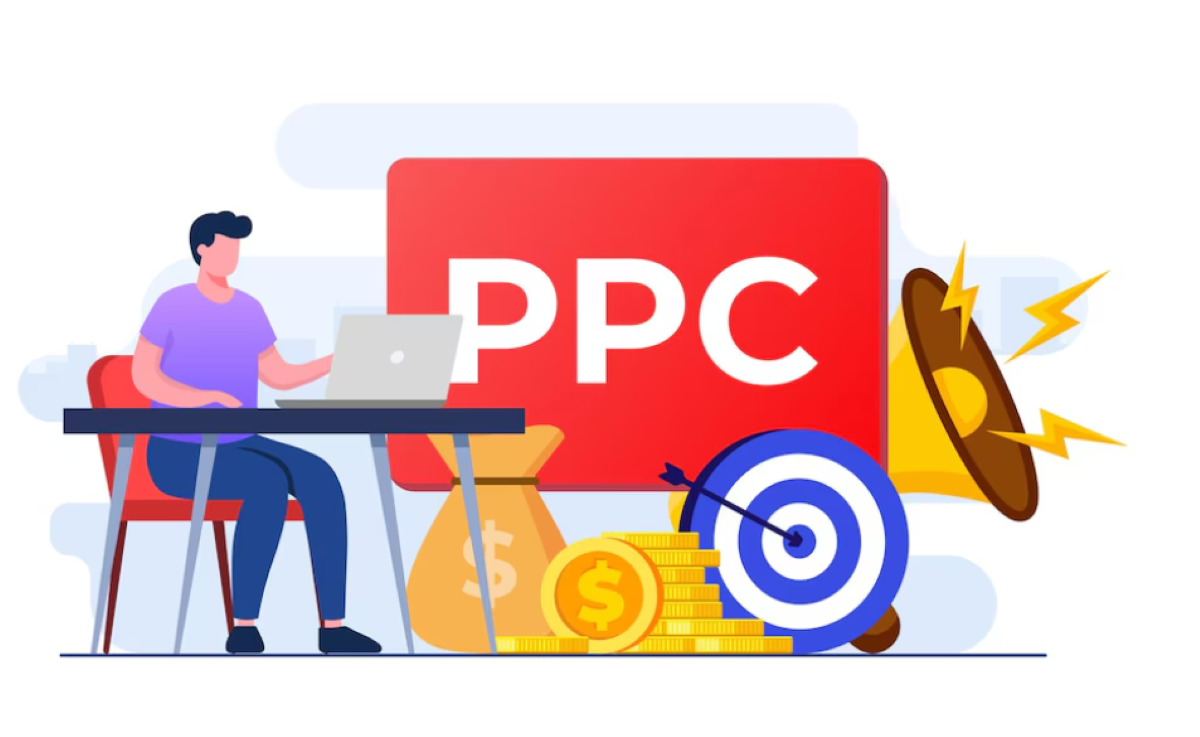The Role of Retargeting in PPC
Overview of Retargeting in PPC
Pay-per-click (PPC) advertising has emerged as a powerful tool for businesses looking to reach potential customers in the digital landscape. However, while capturing attention initially is crucial, engaging those who have already shown interest in your products or services can significantly enhance conversion rates. This is where PPC retargeting plays a vital role.
What is PPC Retargeting?
PPC retargeting, also known as remarketing, is a form of online advertising that aims to reach users who have previously visited your website or engaged with your content. It serves as a gentle reminder of the products or services they viewed, pushing them back toward your offerings and encouraging them to complete a purchase or conversion. Working with our Top PPC Campaign Services In Mumbai can help you create specific ad campaigns to reach the right people. We can figure out the best places to show your ads, like Google Ads, Facebook, or LinkedIn, so you can connect with potential customers where they spend the most time.
Why is Retargeting Important in PPC?
A well-executed PPC retargeting strategy offers several significant benefits:
- Increased Brand Recall: Retargeting helps keep your brand at the forefront of users’ minds. When they see your ads repeatedly across various platforms, it reinforces your brand identity and strengthens their recognition, making them more likely to return to your site.
- Higher Conversion Rates: Users who have already expressed interest in your products or services are more likely to convert compared to new visitors. Retargeting allows you to specifically target these users, thus improving your chances of converting them into customers.
- Cost-Effective Advertising: Since retargeting focuses on users who are already familiar with your brand, it generally results in a lower cost per acquisition (CPA). This can lead to better returns on investment (ROI) compared to traditional PPC campaigns targeting new audiences.
- Personalized Marketing: PPC retargeting strategy allows for more personalized marketing. By segmenting your audience based on their behavior, preferences, and actions on your website, you can craft tailored advertisements that resonate with them. For instance, showcasing specific products they viewed or offering discounts can significantly enhance engagement.
- Multi-Platform Reach: Retargeting ads can be displayed across various platforms, including social media, Google Display Network, and other websites. This omnipresence helps ensure that your brand stays relevant and visible, regardless of where potential customers go online.
When Should You Go For PPC Retargeting Strategy?
Retargeting campaigns are best used as a long-term marketing strategy for businesses that already have a following and typically receive at least 100 monthly visitors to their website. Here are some specific scenarios when you should consider using retargeting campaigns:
- Promoting Bestsellers: Retargeting ads are effective in showcasing your top-selling products to potential customers. By promoting items that your current customers love, you can convert visitors into customers and potentially increase the return on investment (ROI) for your ads.
- Introducing New Collections: When launching a new product collection, retargeting campaigns can target visitors who have already shown interest in your brand by visiting your site. This strategy helps capture their attention online and guide them back to your store to explore the new offerings.
- Moving Inventory: Retargeting ads are a cost-effective way to highlight surplus products from your store to potential customers. This approach can help clear slow-moving inventory and attract buyers who have previously shown interest in your products.
- Building Brand Awareness: Retargeting campaigns keep your brand visible to potential customers who have visited your site but are not yet ready to make a purchase. By continuously exposing them to your brand through retargeting ads, you stay top of mind and increase the likelihood of conversion when they are ready to buy.
How Retargeting Works in PPC

Our PPC Company In Mumbai with retargeting advertisements utilize the Google Display Network to engage with over 90% of internet users across a vast network of over 2 million websites using display ads.
The Pixel
The first step in setting up a retargeting campaign is to install a tracking pixel on your website. This small piece of code collects data on user behavior and helps identify users who visit your site. When users visit your site, this pixel places a cookie in their browser, enabling you to track their browsing activity.
Audience Segmentation
Once the pixel is in place, you can segment your audience based on their interactions with your website. For example, you might create segments for:
- Users who viewed specific product pages
- Visitors who abandoned shopping carts
- Users who engaged with specific content but didn’t convert
Creating Targeted Ads
After segmenting your audience, you can create targeted ads that speak directly to their interests. This might include showing them the products they viewed, offering special discounts, or even providing customer testimonials to build trust.
Campaign Optimization
Monitoring and optimizing your retargeting campaigns is essential for maximizing their effectiveness. Pay attention to key performance metrics such as click-through rates, conversion rates, and ROI. This data will help you refine your strategy and make informed decisions moving forward.
Where PPC Retargeting Fits Into Marketing Strategy
To make sure you reach all your customers effectively, it’s important to use multiple marketing channels. Google suggests that when you combine retargeting with your existing advertising efforts, you could increase your sales by half. With the help of our PPC Company In Mumbai, you can access all the necessary tools to create cohesive marketing campaigns in one place.
Just using one type of advertising may not be enough, so combining different methods like retargeting can help increase sales by 50%.
For example, you can attract people to your website using emails, Facebook ads, or Instagram ads. If someone visits but doesn’t buy anything, you can show them ads to remind them about your products. If your online store is connected to Mailchimp, you can even send them emails about the products they were interested in. After a customer makes a purchase and provides their email address, you can send them a welcome message or an email about their first purchase. This helps to keep them interested in your brand.





There are no comments